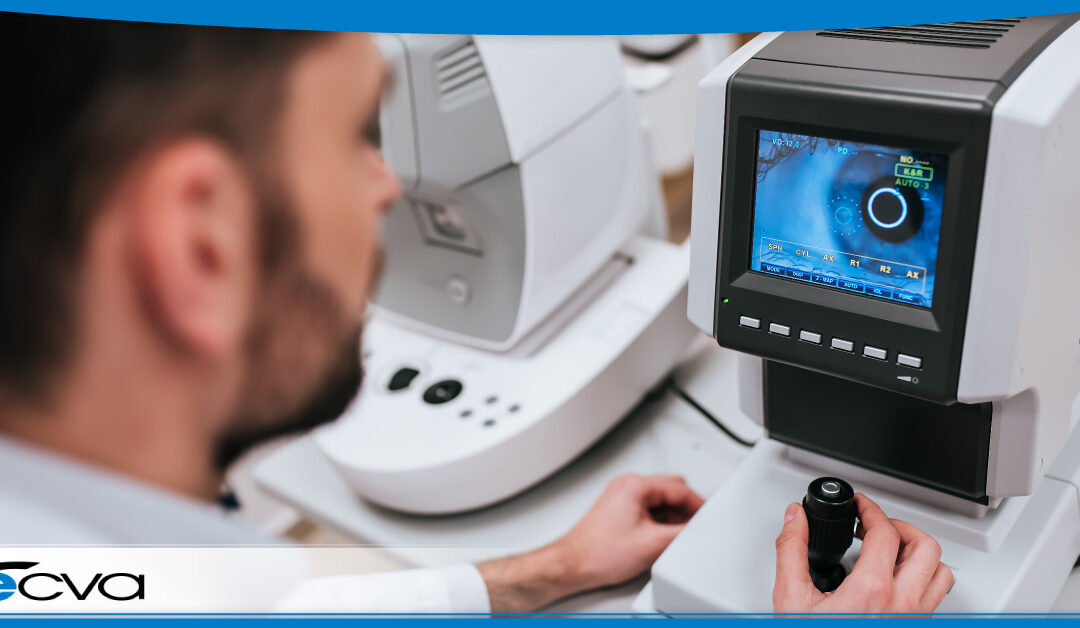Glaucoma is a group of eye conditions that damage the optic nerve and is often caused by abnormally high pressure in your eye. Left untreated, glaucoma can lead to blindness. Fortunately, several surgical options are available for managing glaucoma, each with its own benefits and risks.
For most patients, finding the safest effective option is typically the goal. Here’s a look at the available glaucoma surgeries, including which option is generally considered the least risky.
Glaucoma Surgeries
Trabeculectomy
Trabeculectomy has been a standard glaucoma treatment for decades. This surgical procedure involves creating a new drainage pathway for the aqueous humor (the fluid inside the eye) to lower intraocular pressure. While trabeculectomy is effective, it is associated with potential complications such as infection, bleeding, and scarring, which can affect the surgery’s success and the patient’s vision.
Glaucoma Implant Surgery
Glaucoma implant surgery involves placing a small device inside the eye to help drain fluid and reduce intraocular pressure. While this method is effective, especially in cases where trabeculectomy has failed or is not advisable, it carries risks. These include implant malposition, erosion of the overlying tissue, and potential damage to the cornea, leading to a decrease in vision quality.
Minimally Invasive Glaucoma Surgery
Minimally invasive glaucoma surgery (MIGS) has gained popularity as a safer alternative to traditional glaucoma surgeries. These procedures use microscopic-sized equipment and tiny incisions, aiming to reduce intraocular pressure by improving aqueous humor outflow. MIGS procedures are less invasive, have fewer complications, and offer a quicker recovery time, making them an attractive option for many patients with mild to moderate glaucoma and their physicians.
MIGS includes several types of surgeries, like the insertion of micro-stents or the use of lasers, to enhance the eye’s natural drainage pathways. These procedures are often combined with cataract surgery, providing an additional benefit for patients with both conditions.
Choosing the Right Treatment
Deciding on the most suitable glaucoma surgery involves considering various factors, including the type and severity of glaucoma, the patient’s overall health, and the potential risks and benefits of each procedure. While MIGS offers a safer and less invasive option, it might not be suitable for all patients, particularly those with advanced glaucoma.
The key to choosing the right glaucoma treatment lies in a thorough consultation with your eye care provider. Ophthalmologists can provide detailed assessments, discuss the available options, and recommend the most appropriate course of action based on individual needs and circumstances. It is crucial for patients to have open discussions with their doctors, understand the potential outcomes, and follow their guidance for the best results.
Ultimately, while various surgical options are available for managing glaucoma, MIGS stands out as a safer and preferred method for many patients, especially those with mild to moderate conditions. However, the choice of surgery is highly individual and should be made after careful consideration and consultation with an eye care professional.
Find The Right Glaucoma Treatment For You In The Buffalo Area
Ready to take the next step in managing your glaucoma? Schedule a consultation with ECVA to discuss which glaucoma treatment option is right for you.

